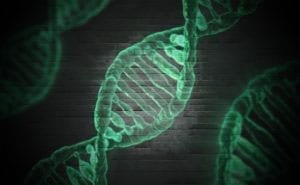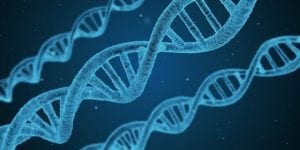DDX3X Mutations
What are DDX3X mutations?
DDX3X mutations are conditions caused by mutations on the DDX3X gene that often lead to intellectual disability and/or developmental delay. Very recently discovered in 2015, these mutations almost exclusively affect females. It is often misdiagnosed as other disorders such as autism spectrum disorder, Rett syndrome, Dandy Walker syndrome, and cerebral palsy.What are the symptoms of DDX3X mutations?
Each individual may not have every symptom listen below. Symptoms include:- Intellectual disability
- Developmental delay
- Speech problems
- Autism
- Low muscle tone
- Seizures
- Brain abnormalities
- Unusually small head
- Movement disorders
What causes DDX3X mutations?
DDX3X mutations are spontaneous, meaning that the child does not inherit the mutation from their parents and it can happen in people with no family history of the disorder. These mutations primarily affect females because they are located on the X-chromosome. Genes are located in chromosomes, which carry the genetic characteristics of individuals, and are located in the nucleus of all body cells. Humans have 23 pairs of chromosomes; the final pair contains the sex chromosomes, the X and Y chromosomes. Males have one X chromosome and a Y chromosome, while females have two X chromosomes. Since females have two X chromosomes, they are more likely to inherit the disorder.How are DDX3X mutations diagnosed?
These mutations are found through Whole Exome Sequencing, a form of genetic testing that sequences the protein-coding regions in an individual’s 20,000 genes.What are the treatments for DDX3X mutations?
- Monitoring of growth, development, and speech by a pediatrician
- Physiotherapy
- Occupational therapy
- Behavioral therapy
- Speech therapy
Where can I find out more about DDX3X mutations?
DDX3X Mutations Articles


Miracle Flights has Paid for Over 130,000 Flights to get Rare Disease Patients to Appointments
Trudy Horsting
March 4, 2020
Read More »







